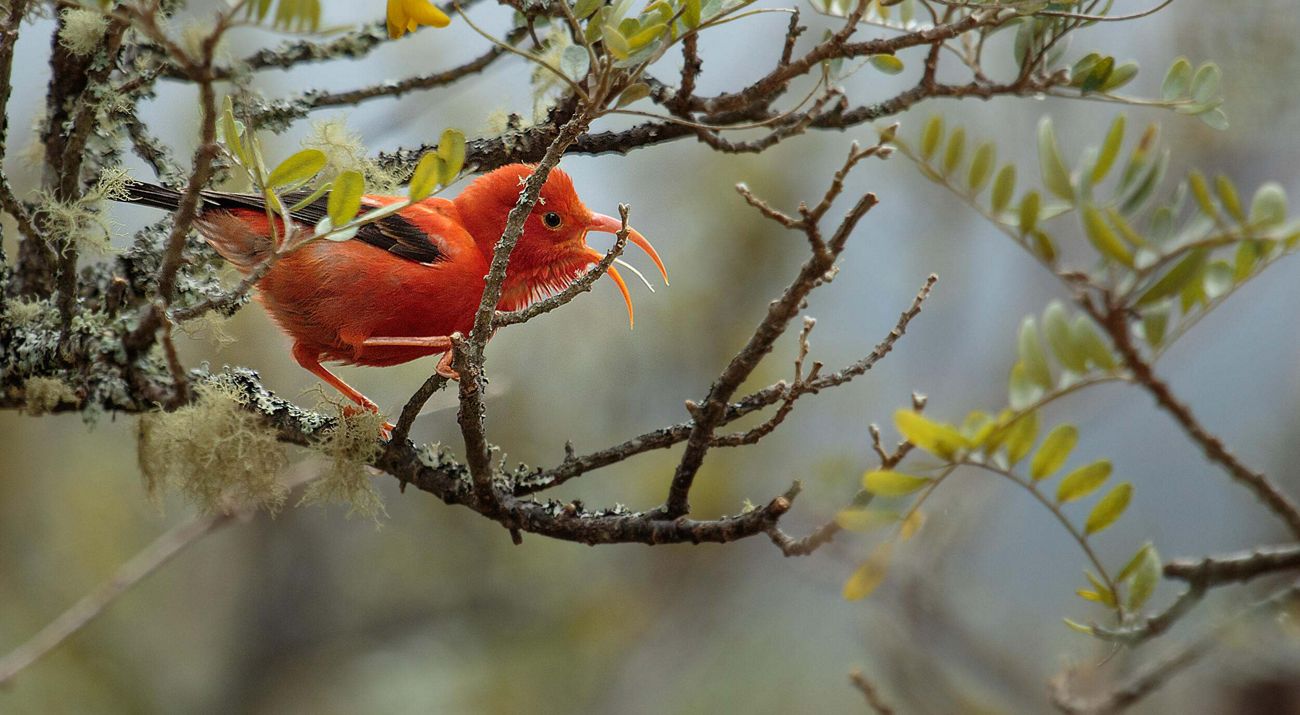The Greenprint for O‘ahu is a way to address the environmental and land-use concerns facing the island today. The process began with a Greenprint for the North Shore (in partnership with the North Shore Community Land Trust) in 2012. The effort expanded to all of O‘ahu in 2013 in partnership with the Office of Hawaiian Affairs (OHA). Together, OHA and TPL, with support from Townscape, Inc., worked to create a set of maps that identify high-priority lands for voluntary conservation and develop strategies for implementation.
In order to accomplish these goals, these entities, engaged with a broad cross-section of residents to quantify the subjective values that the people of O‘ahu hold for conservation. These values were then translated into maps that highlight the special areas that embody the conservation values of residents. The result is a sustainable plan based on local priorities and grounded in science designed to meet community conservation goals of protecting the island’s
iconic cultural, historical, agricultural, natural, coastal, and scenic landscapes. Ultimately, this plan can guide voluntary land conservation with willing landowners in order to honor local values and culture as it incorporates hard science.
Year Published: 2014
State: Hawaii
Landscape Context: Coastal
Housing Density: Urban
Funding Type: Both (Public and Private)
Organizations Involved:
The Trust for Public Land, The Office of Hawaiian Affairs
Values:
Water Supply, Water Quality, Open Space/Habitat, Recreation, Viewshed, Working Land, Historic/Cultural Sites
Stakeholder Involvement:
TPL and OHA (project team) built on research through community outreach including "Speak Outs", interviews, and Island Leadership Team (ILT) meetings. The ILT was a stakeholder group. Through this process, the project team was able to establish the value residents place on important cultural, recreational, and natural resources on O‘ahu. A Technical Advisory Team (TAT) was created to guide the mapping process.
Planning Process:
The planning process followed the below schedule through development:
- Spring- Winter 2013: Community engagement and current conditions review
- Fall 2013 - Winter 2014: Mapping conservation values
- Spring 2014: Island Leadership Team creates an action plan for realizing the greenprtint
- Summer 2014: Finalize greenprint results
Desired Outcomes:
The Greenprint aimed to protect agricultural lands, preserve cultural and historic places, protect coastal regions, protect natural habitats, increase recreation and public access opportunities, presreve and enhance view planes, and protect water quality and quantity.
What It Accomplished:
TPL and OSA can now affirmatively correlate their land protection efforts with the land values expressed by the near 1,000 participants who filled out Greenprint surveys. The majority of the participants were local residents and approximately 1/4 were of Native Hawaiian descent. The Native Hawaiian input on what they value as to land is information that the Office of Hawaiian Affairs uses to guide not only their land acquisition and stewardship efforts, but also their advocacy and compliance work. The O‘ahu Greenprint also allows TPL to get immediate information on the values of a particular property when they receive a request to protect a certain place. Last, TPL can look at the entire island to make sure that they are not overlooking a certain area of the island or a certain community.
Additional Information and Reports
- O'ahu Greenprint Report (.pdf)
